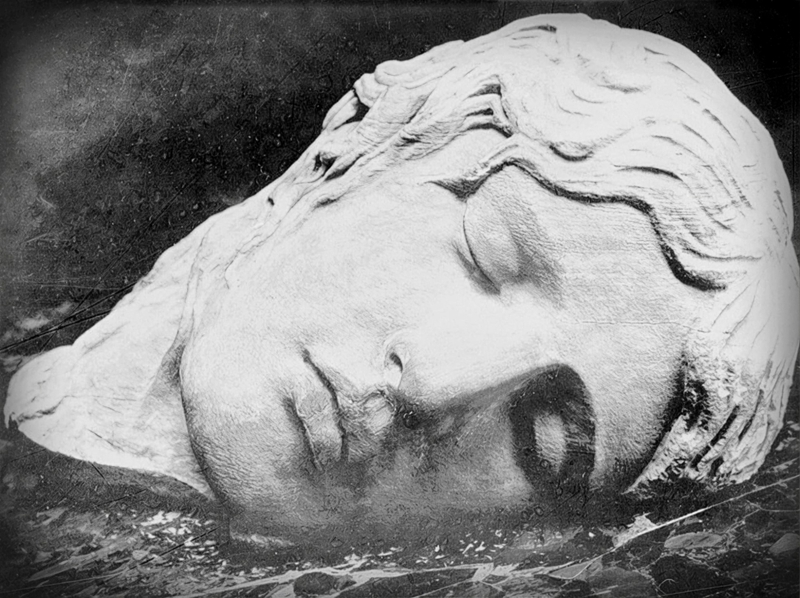
|
|
|
|||||||||
|
|
||||||||||
|
|
||||||||||
Ludovisi Medusa Photographic print, anonymous, 1895–1925 Bildarchiv Foto Marburg |
||||||||||
| Originally part of the Boncompagni Ludovisi Collection, acquired by Cardinal Ludovico Ludovisi for his villa on the Quirinal Hill, the marble relief, known as the Ludovisi Medusa or the 'Sleeping Fury', which dates from the 2nd century BC, depicts a wild-haired woman with closed eyes, leaving viewers to wonder whether she is asleep or deceased. In 1901, the Italian state purchased it along with over a hundred other sculptures from the Ludovisi family, and it was initially exhibited in the Chiostro Ludovisi of the Museo Nazionale Romano at the Baths of Diocletian, also called the Museo delle Terme, the original site of the National Roman Museum. Following a museum reorganisation in the 1990s, it was moved to Palazzo Altemps, which now houses collections related to the history of collecting and Egyptian antiquities, particularly the Ludovisi collection. Displayed among other significant sculptures, the relief continues to attract scholarly attention, with some theories suggesting it might be a fragment of a dead giant from the Great Altar of Zeus at Pergamon, adding layers of complexity to its interpretation. |
||||||||||









